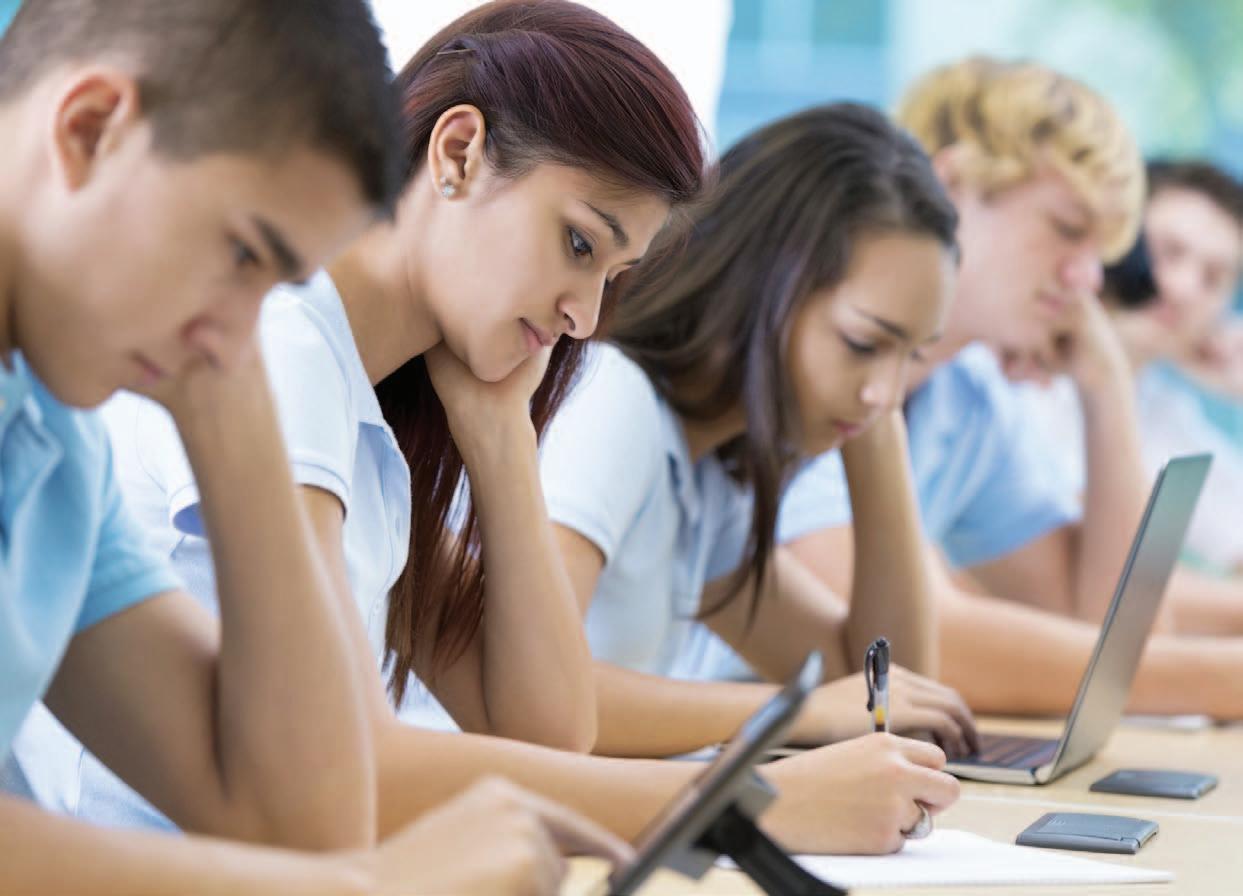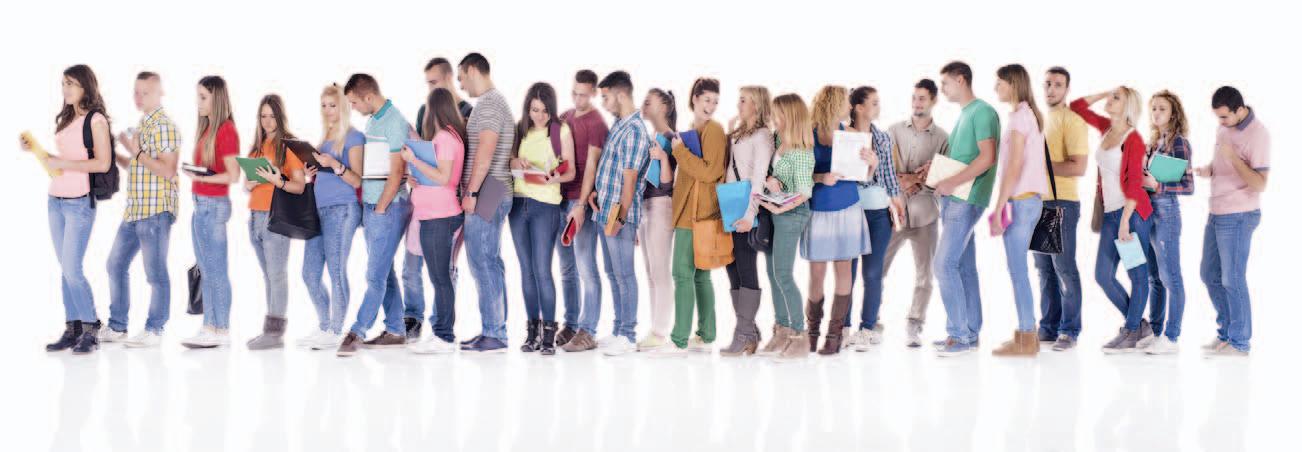Security
Security: some simple do’s and don’ts for the international teacher Tom Marshall offers some essential advice Security is probably one of the most misunderstood of all the sciences. Security a science? Yes – a science. If you don’t believe me, Google GCHQ, Quantico or Langley and you will enter a world of 21st century technology. From the laptops, tablets and smartphones that allow us to be tracked down to within two metres of our location, to the security codes in our car keys, our world is full of technologies that help to keep us safe. Most of us live in a world where security isn’t second nature and, although we may be aware of the security that surrounds us on a daily basis, we largely take our personal security for granted. Whether we like it or not, security has become as essential a part of our lives as food and drink. How much care do you take in protecting yourself against harm? When you applied for your current job, what questions did you ask at interview? Class size, curriculum, and personal development yes – but was security on your agenda? If it wasn’t, it should have been.
“Schools must be safe places of learning and development for all children. They should be zones of peace. Those who attack schools and hospitals should know that they will be held accountable.” (UN Secretary General’s 10th Annual Report on Children and Armed Conflict, 2011) Sadly a host of people don’t recognise this statement. From terrorist organisations including The Taliban, IS/ISIS and Boko Haram to the lone perpetrator, schools, colleges and universities are seen as easy high-profile targets. It’s not always a terrorist group that carries out the attack, and a school can become collateral damage in a war zone. An international study published in 2015 by Diya Nijhowne, Director of Research at The Global Coalition to Protect Education from Attack, showed that between 2009 and 2013 there were 9,600 attacks on schools and colleges in 70 countries. Then there are hundreds, possibly thousands, of other incidents of violence directed at educational institutions, teachers or students across the world which have not been reported. In drawing on research carried out by a coalition of United Nations agencies, human rights groups and aid organisations, the report showed that these attacks on pupils, teachers and buildings were not accidental or random incidents. “They are bombed, burned, shot, threatened and abducted precisely because of their connection to education”, said Nijhowne. Also in 2015, a Spring
Autumn |
| 2016
school in Oregon USA saw nine people shot dead. Away from the context of education, the wider world saw attacks in Paris kill 130 in November 2015 and 31 murdered in Brussels in March 2016. Acts like this are not confined to so-called third world countries. By their very nature, schools, colleges and universities make easy targets, since to make them attack-proof is virtually impossible. In an article published in the Guardian on 20 January 2016, Jason Burke wrote “Why would terrorists attack such targets? One obvious answer is because they can. Schools are usually unprotected. Embassies, military bases, even hotels are, after a decade and a half of rolling waves of terrorist violence across the world, now harder to hit. But there are other reasons, too. Terrorism aims to undermine the legitimacy and authority of a state. In many parts of the world, the local school is that state’s only tangible presence. Another goal is simply to stall education, of both girls and boys, though the former tends to prompt a greater reaction. In 2012 the Pakistani Taliban tried to kill a 15-yearold schoolgirl, Malala Yousufzai, who went on to become an international icon”. But even with the inherent dangers of teaching overseas, thousands of teachers move around the world each year, seeking out new challenges, making new friends and having life-changing experiences. And of course most do so in relative safety. Like most things in life, security is simple. It can be broken down into a series of simple tasks and further broken down into simple sub-sections. Broadly speaking, security can be divided into two: the physical (home, work) and the technical (phones, computers etc). A useful pre-deployment/ employment check is as follows: 1. Check out your intended country using, for instance, the UK Embassy website. You don’t have to be a UK citizen to gain access to www.gov.uk/foreign-travel-advice. Most governments have similar sites that you can access. Remember – research and research again. 2. Check out the school using sources such as International Schools Review. While this can be seen as a site for the disgruntled, if you uncover repeated adverse comments some of them may be based on fact. Networking and personal contacts are important. Check with your current and previous lecturers, tutors and colleagues: there is nothing better than a first-hand recommendation from someone who either works, or has worked, in the school you’re considering.
17























